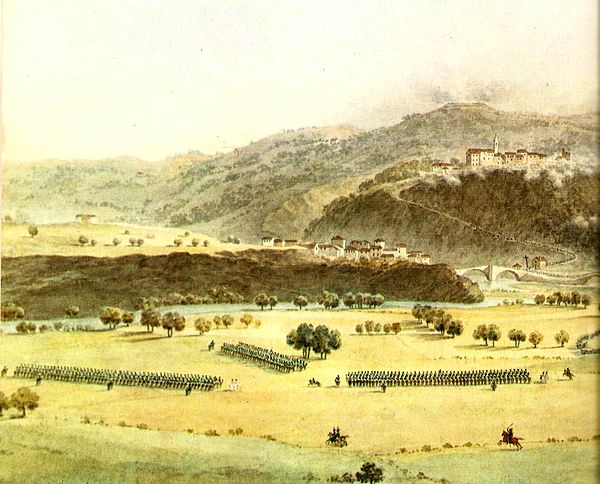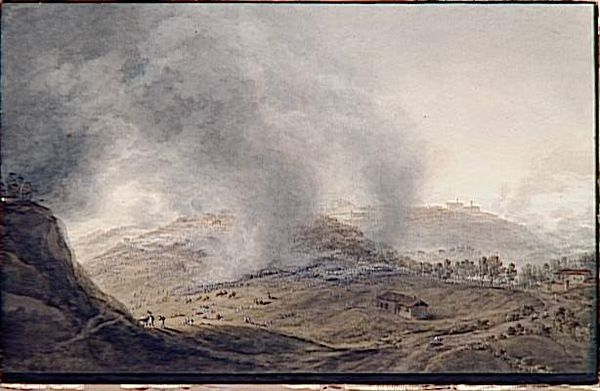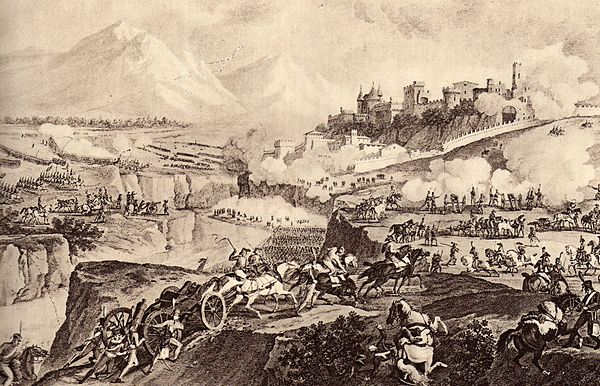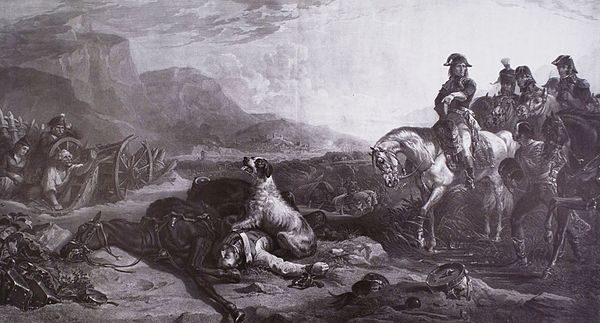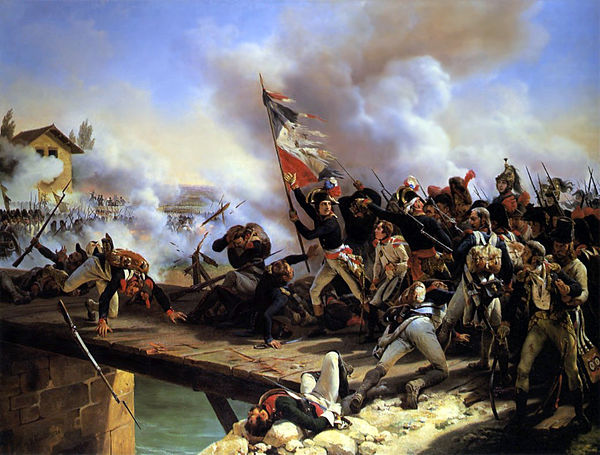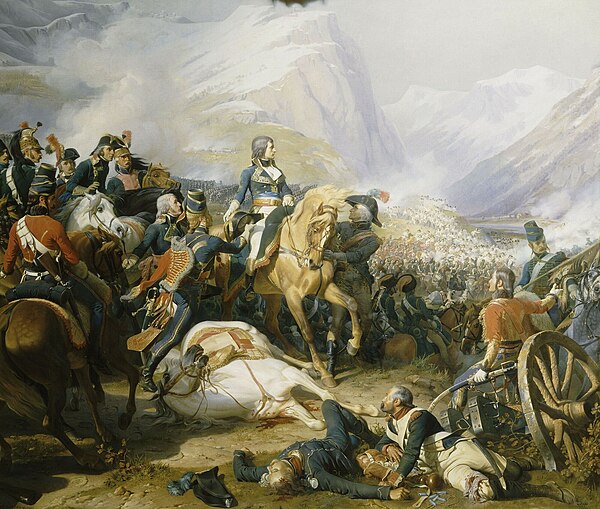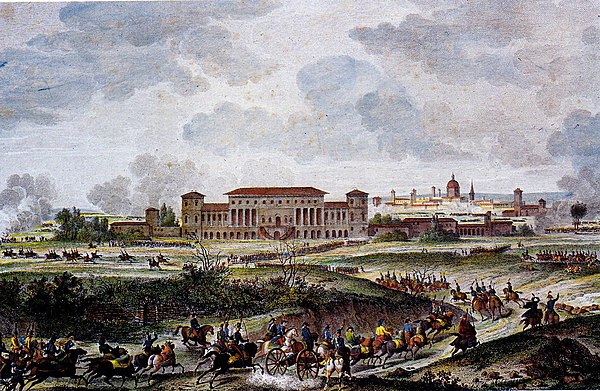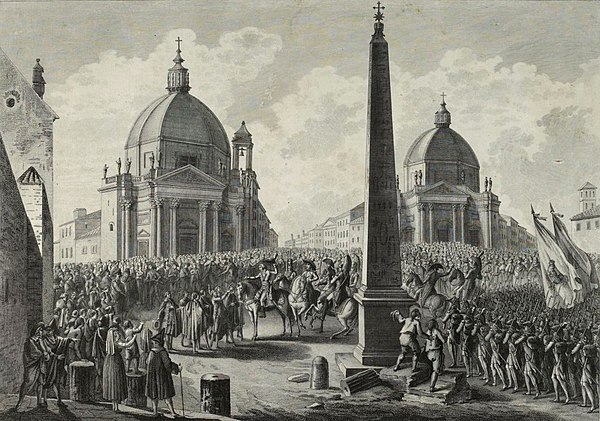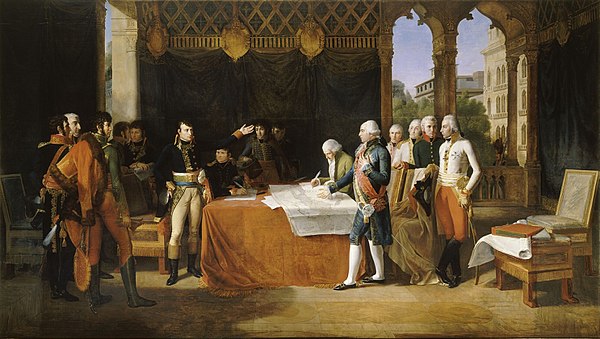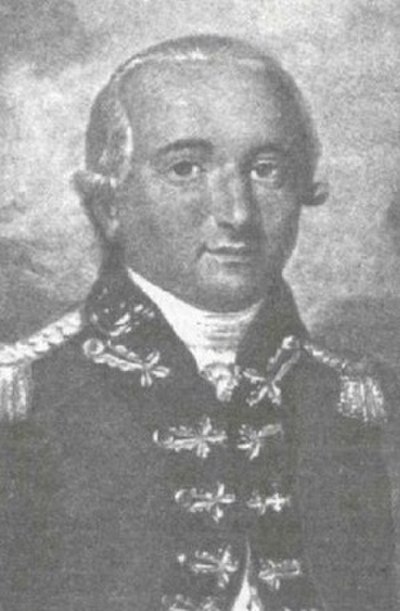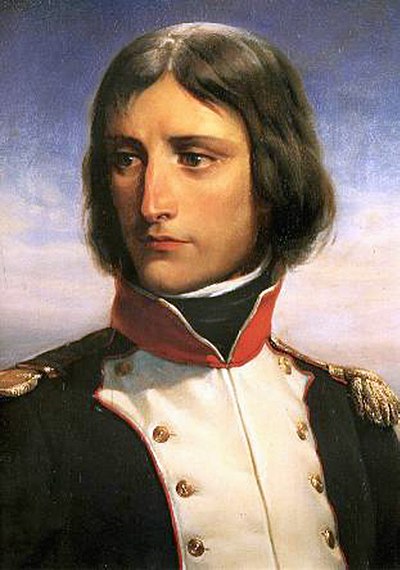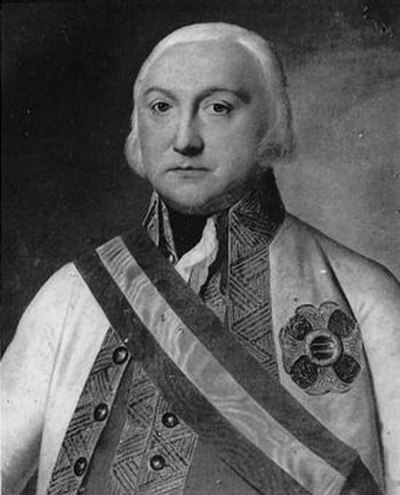The first relief of Mantua failed at the battles of Lonato and Castiglione in early August. The defeat caused Wurmser to retreat north up the Adige River valley. Meanwhile, the French reinvested the Austrian garrison of Mantua. Ordered by Emperor Francis II to relieve Mantua at once, Feldmarschall Wurmser and his new chief-of-staff Feldmarschall Franz von Lauer drew up a strategy. Leaving Paul Davidovich and 13,700 soldiers to defend Trento and the approaches to the County of Tyrol, Wurmser directed two divisions east then south down the Brenta valley. When he joined the large division of Johann Mészáros at Bassano, he would have 20,000 men. From Bassano, Wurmser would move on Mantua, while Davidovich probed the enemy defenses from the north, looking for a favorable opportunity to support his superior. Napoleon followed Wurmser down the Brenta valley. The engagement occurred during the second Austrian attempt to raise the siege of Mantua. It was a French victory. The Austrians abandoned their artillery and baggage, losing supplies, cannons, and battle standards to the French. Wurmser elected to march for Mantua with a large portion of his surviving troops. The Austrians evaded Bonaparte's attempts to intercept them but were driven into the city after a pitched battle on 15 September. This left nearly 30,000 Austrians trapped in the fortress. This number rapidly diminished due to disease, combat losses, and hunger.




